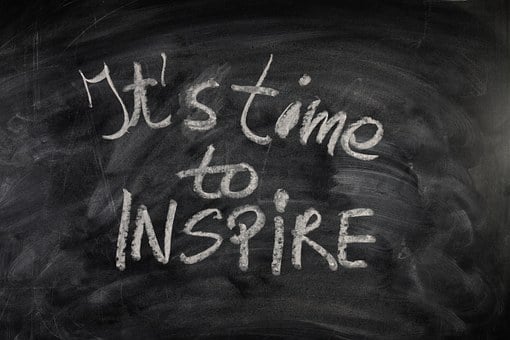This is the one thing that can make or break your book, and we all hate them. Too much and the readers turn off, and too little, they vanish too. Finding the right happy middle ground can be hard going.
So, I’m going to help you along with some ways of describing things. Be it emotion, places, situations, or a person.
Today, I’m starting with eyes. Yes, eyes. They say the eyes are the soul to a person and they do show their emotion. Next time, watch a person’s eyes and gauge their emotions from them alone.
If they shine, bright, vibrate, gleaming, then they are probably happy. Moist or shimmering – about to cry but from sadness or happiness?
If they are angry, have they hardened or gone dark? Tired – the eyelids might be droopy.
Crying – puffy, bloodshot, red-rimmed, swollen.
They can be narrowed or slit, penetrating, soft, sparkly – all depending on the mood. And the description must be right.
For the shape try – almond, deep-set in the face, cross-eyed, oval, round, prominent, symmetrical, off-set.
And the colour? Blue, brown, green – yes, but isn’t that a bit bland? How about vibrate green, mahogany brown, chestnut brown, emerald green. Doesn’t that sound so much better?
How about icy? Icy blue or her eyes turned icy the moment she set eyes on him. Oh, can you imagine the room going cold around them?
Angelic – she gazed at me with her angelic eyes showing me her innocence. An innocence I was about to take. Oh, I so have to use this one in the future.
Intoxicating – The moment our eyes meet, I knew she’d drink me dry the first chance she had.
Back to dark, I love this one for eyes – When our eyes meet, I realised the trouble I might be in. The darkness in his eyes sent my heart into a shiver, like he hunted me. Or maybe – The way his eyes darkened, made me understand he’d do anything to get our child back.
So, what have you learned? Not to use the eye colour as a bland description, and how to add the emotion to their eyes. Adding their emotion brings out their feeling without all those dialogue tags. You know the ones – angerly, happy. Get rid of them all. It will tighten your writing and draw the reader in.





